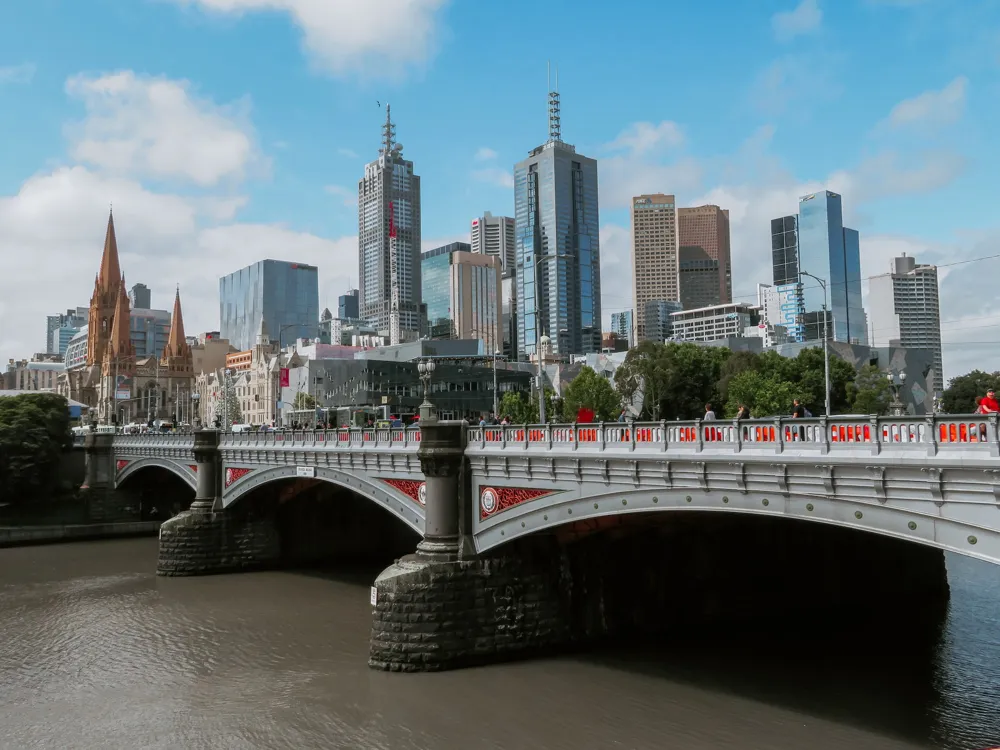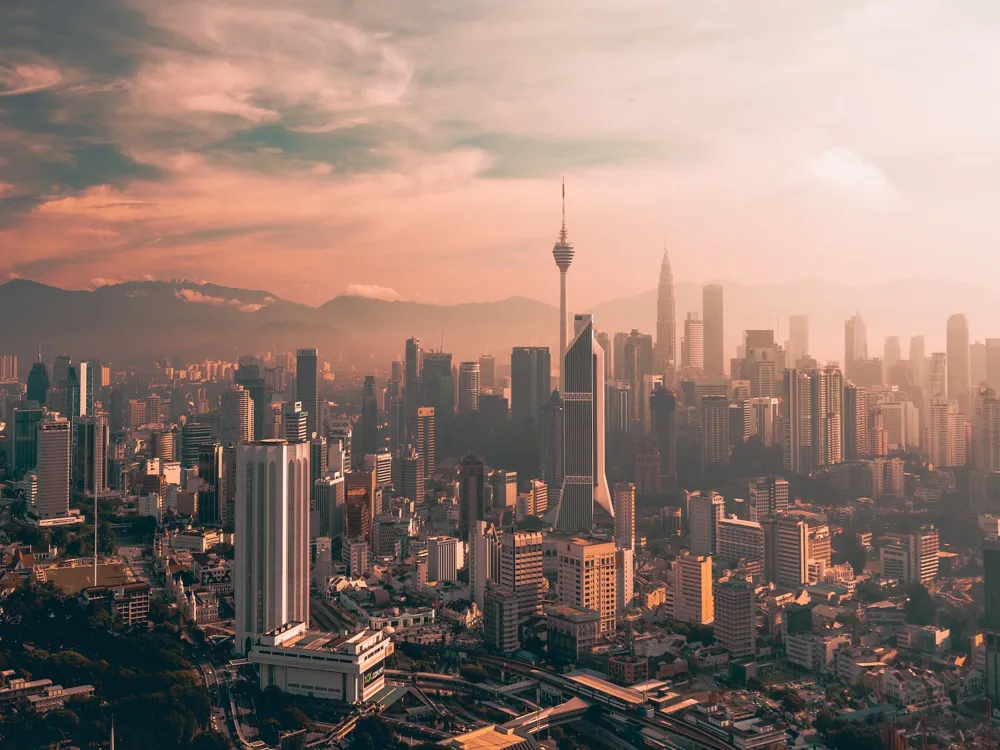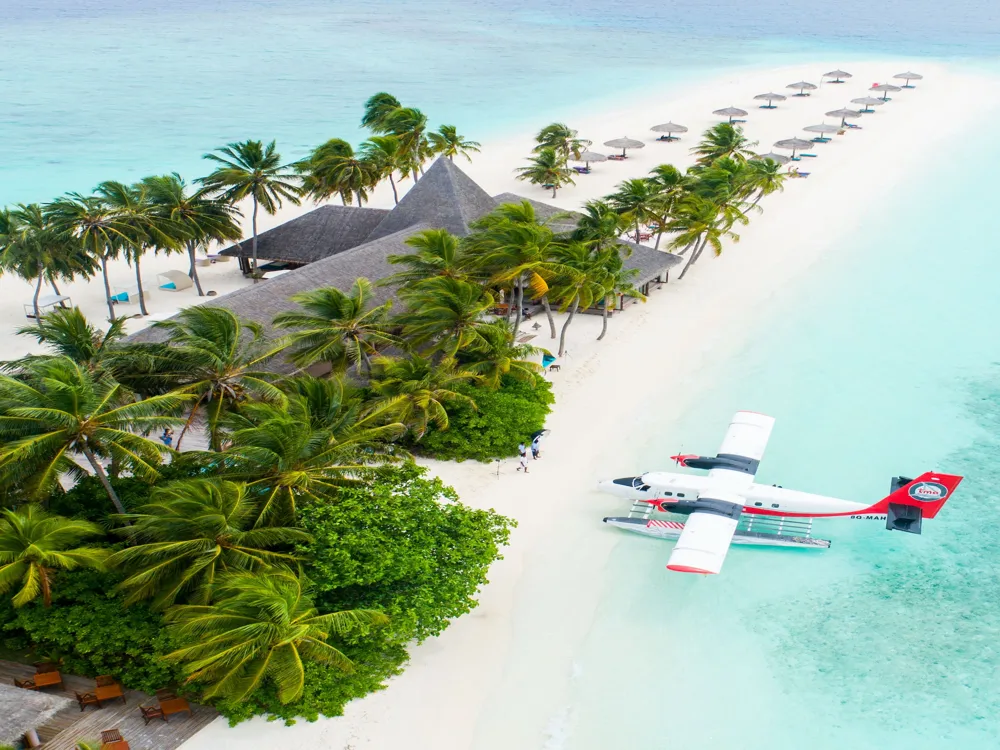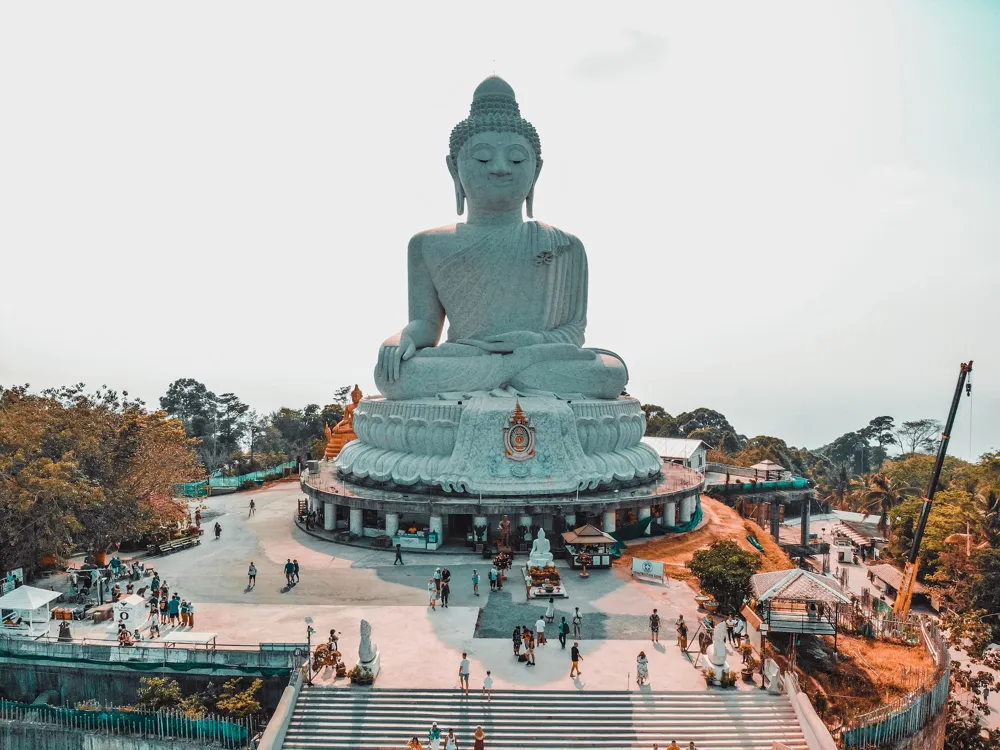The Encontro das Aguas, or 'Meeting of Waters,' is a phenomenal natural wonder located near Manaus, the heart of the Amazon in Brazil. This remarkable geographical phenomenon occurs where the dark waters of the Rio Negro meet the sandy-colored waters of the Rio Solimões. For nearly 6 miles, these two rivers run side by side without mixing, creating a stunning visual contrast that has captivated visitors and scientists alike. This natural spectacle is not just a beautiful sight; it represents a confluence of ecological and cultural significance. The Rio Negro, with its dark, almost black waters, gets its color from the decomposing organic matter and vegetation. In contrast, the Rio Solimões, also known as the Upper Amazon, carries rich sediment and minerals from the Andes Mountains, giving it a lighter, sandy hue. The difference in temperature, speed, and water density between the two rivers causes them to flow alongside each other, forming a distinct demarcation that is clearly visible from above and during a boat journey. Encontro das Aguas is not just a stunning natural wonder; it is also a symbol of the Amazon's biodiversity. The surrounding rainforest, part of the larger Amazon basin, is home to an incredible variety of flora and fauna. This region plays a crucial role in global ecology, acting as a significant carbon sink and oxygen supplier. It's a living laboratory for scientists and a treasure trove of biodiversity, supporting species ranging from the iconic pink river dolphins to myriad bird species, insects, and exotic plants. For those interested in the cultural aspects, the Encontro das Aguas is equally fascinating. The area around Manaus has been inhabited for thousands of years, and the rivers have been integral to the local indigenous communities. These rivers are not just waterways but life sources, providing food, transportation, and a basis for many cultural and spiritual practices. The convergence of the Negro and Solimões rivers is more than a natural wonder; it's a place where nature, culture, and history merge. Visiting the Encontro das Aguas offers a unique opportunity to witness this extraordinary natural phenomenon and understand the ecological and cultural importance of the Amazon. Whether you're an eco-tourist, a nature enthusiast, or simply someone looking for a unique travel experience, the Encontro das Aguas in Manaus is a destination that promises awe and inspiration. While the Encontro das Aguas itself is a natural wonder, the architecture surrounding this area reflects the unique blend of cultural influences and the adaptation to the Amazonian environment. In Manaus, the capital city of the Amazonas state in Brazil, the architectural landscape is a testament to the region's rich history and diverse cultural heritage. One of the most iconic architectural landmarks in Manaus is the Amazon Theatre (Teatro Amazonas), a magnificent opera house built during the rubber boom of the late 19th century. This Renaissance-style building symbolizes the prosperity and cultural aspirations of Manaus during that period. Its dome, covered with 36,000 decorated ceramic tiles painted in the colors of the Brazilian national flag, is a visual representation of the city's opulence and artistic inclination. The architecture of Manaus also showcases the influence of indigenous cultures and the practicalities of living in the Amazon rainforest. Traditional buildings, often constructed on stilts to protect them from flooding, feature large windows and open spaces to facilitate airflow, crucial in the humid tropical climate. These structures are a testament to the ingenuity and resourcefulness of the Amazonian people, reflecting a deep understanding of and respect for the natural environment. In the more modern parts of Manaus, contemporary architecture stands side by side with historic buildings. The city has seen a surge in modern development, with new buildings reflecting a more global architectural style yet adapted to the local environment. These structures often incorporate sustainable design principles, recognizing the critical importance of the Amazon rainforest and the need to preserve it. The architectural landscape of Manaus, in the vicinity of the Encontro das Aguas, is thus a fascinating mix of history, culture, and environmental adaptation. From the opulent Amazon Theatre to the traditional stilt houses and modern eco-friendly buildings, the architecture here is as diverse and vibrant as the Amazon itself. The ideal time to visit the Encontro das Aguas is during the dry season, typically from June to November. During this period, the water levels are lower and the weather is more predictable, making boat trips to the site more accessible and enjoyable. Select a tour that offers an experienced guide knowledgeable about the local ecosystem and culture. Consider tours that include visits to nearby indigenous communities or wildlife observation opportunities. Always prioritize safety and health. Wear appropriate clothing, use insect repellent, and stay hydrated. Be aware of local wildlife and follow your guide’s instructions at all times. Remember to respect the natural environment. Avoid littering, disturbing wildlife, or removing any natural objects from the site. Supporting eco-friendly tours and practices is also recommended. Reaching the Encontro das Aguas typically involves a journey to Manaus, the gateway to the Amazon. Manaus is accessible by air from major Brazilian cities and some international destinations. From Manaus, the Encontro das Aguas is most commonly visited by boat. Various tour operators offer trips to this natural wonder, ranging from a few hours to several days. Some tours also combine visits to other attractions in the Amazon region, providing a comprehensive experience of this unique ecosystem. Read moreOverview of Encontro das Aguas in Manaus
Architecture of Encontro das Aguas
Tips for Visiting Encontro das Aguas
Best Time to Visit
Choosing the Right Tour
Safety and Health Precautions
Respecting the Environment
How To Reach Encontro das Aguas
Manaus Tourism
Best Time to Visit Manaus
How to Reach Manaus
Things To Do Manaus
Encontro das Aguas
Manaus
NaN onwards
View manaus Packages
Manaus Travel Packages
View All Packages For Manaus
Top Hotel Collections for Manaus

Private Pool

Luxury Hotels

5-Star Hotels

Pet Friendly
Top Hotels Near Manaus
Other Top Ranking Places In Manaus
View All Places To Visit In manaus
View manaus Packages
Manaus Travel Packages
View All Packages For Manaus
Top Hotel Collections for Manaus

Private Pool

Luxury Hotels

5-Star Hotels

Pet Friendly





















